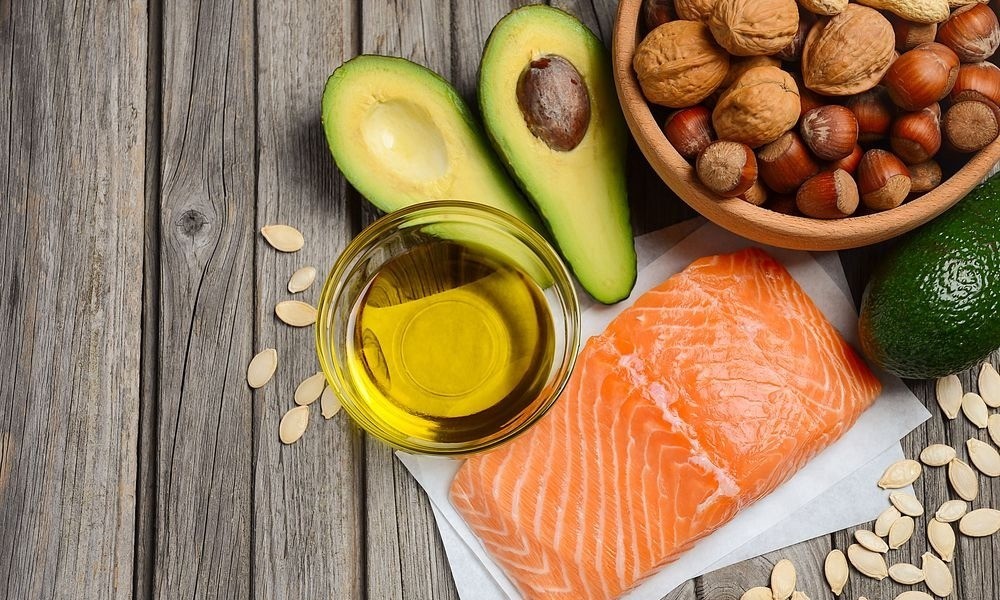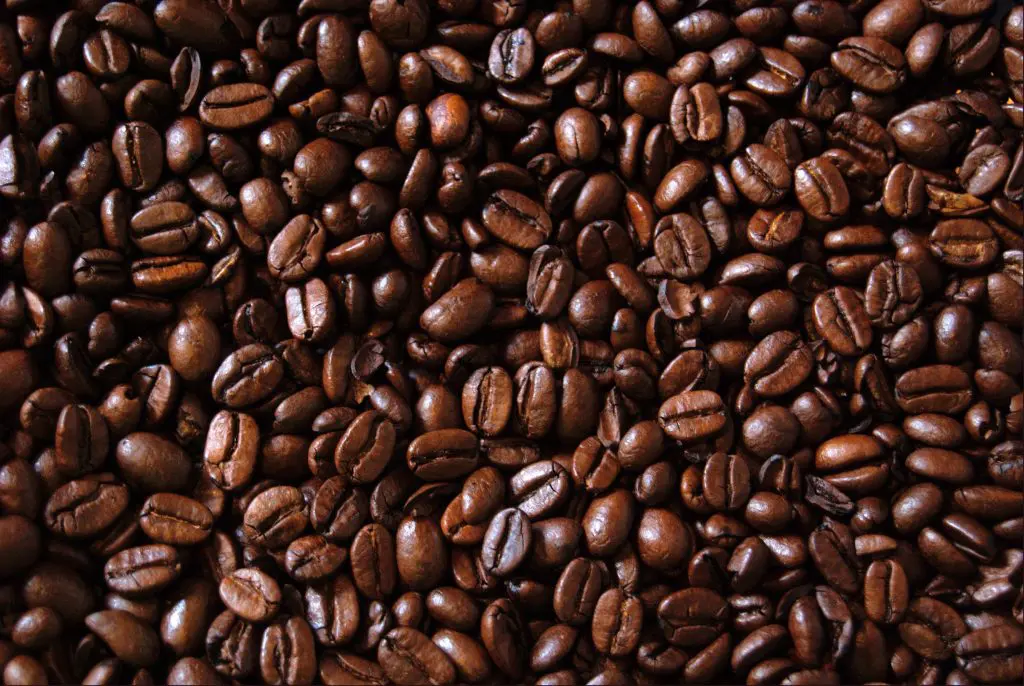Effectively decreasing body fat while maintaining muscle mass is more complex than implementing one or two fat-burning strategies. Many bodybuilders simply cut carbs and start taking a fat burner when they go on a program to shed body fat. Knowing how to make the most of supplementation, diet, and training, however, can dramatically impact the ability to shed body fat.
Consider integrating several of these fat-burning strategies into your next ripping-up phase.
1. Use a Thermogenic Product
There are many different types of “fat burner” supplements on the market, but perhaps the most popular and effective category is thermogenic. Thermogenics work by boosting the body’s metabolism. That is, you burn more calories during a given activity, even if you’re just sitting on your butt watching Pumping Iron again. Most products achieve this effect by increasing norepinephrine (a neurotransmitter that the nervous system releases; it is basically a form of adrenaline). Synephrine is one supplement that raises norepinephrine. Try doses of five to 20 milligrams (mg), from a standardized Citrus aurantium extract, once or twice daily for a maximum of 40 mg per day.
2. Take a Fat Mobilizer
You not only want to burn more calories but also to make sure that many of those calories come from stored body fat. Certain supplements help to encourage fat to leave their hideaways (fat cells) and get burned for fuel. Forskolin is derived from the mintlike herb Coleus forskohlii. It activates fat breakdown from within fat cells. Supplements that deliver 20-50 mg of actual forskolin, taken two or three times per day, might do the trick. Caffeine also works well to get exercising muscles to use more fat. Take 200-400 mg an hour or two before workouts.
3. Use an Appetite Suppressant

Try doses of 100-500 mg on an empty stomach, one to three times per day.
Get Fitter, FasterLevel Up Your Fitness: Join our 💪 strong community in Fitness Volt Newsletter. Get daily inspiration, expert-backed workouts, nutrition tips, the latest in strength sports, and the support you need to reach your goals. Subscribe for free!
4. Try a Thyroid Enhancer
Seven-keto is a natural metabolite of dehydroepiandrosterone (DHEA), the hormone that forms testosterone. By increasing the production of thyroid hormones, 7-keto increases metabolic rate. Try 100-200 mg of 7-keto DHEA per day in two or three divided doses.
5. Take Healthy Fats

For whole-food sources, rely on avocados; nuts and seeds; fatty fish, such as salmon; and healthy oils, such as olive and canola.
6. Eat Multiple Meals a Day

7. Consume Fewer Calories at Each Meal
If you’re eating more meals, you must reduce the number of calories consumed at each one to prevent taking in more calories than before you started your diet. Strive for fewer total calories than you need for maintenance to encourage your body to tap into body fat stores for energy. See #3 on taking simmondsin to blunt your appetite.
8. Increase Vegetable & Fruit Consumption

You don’t need to count them against your total carb count.









